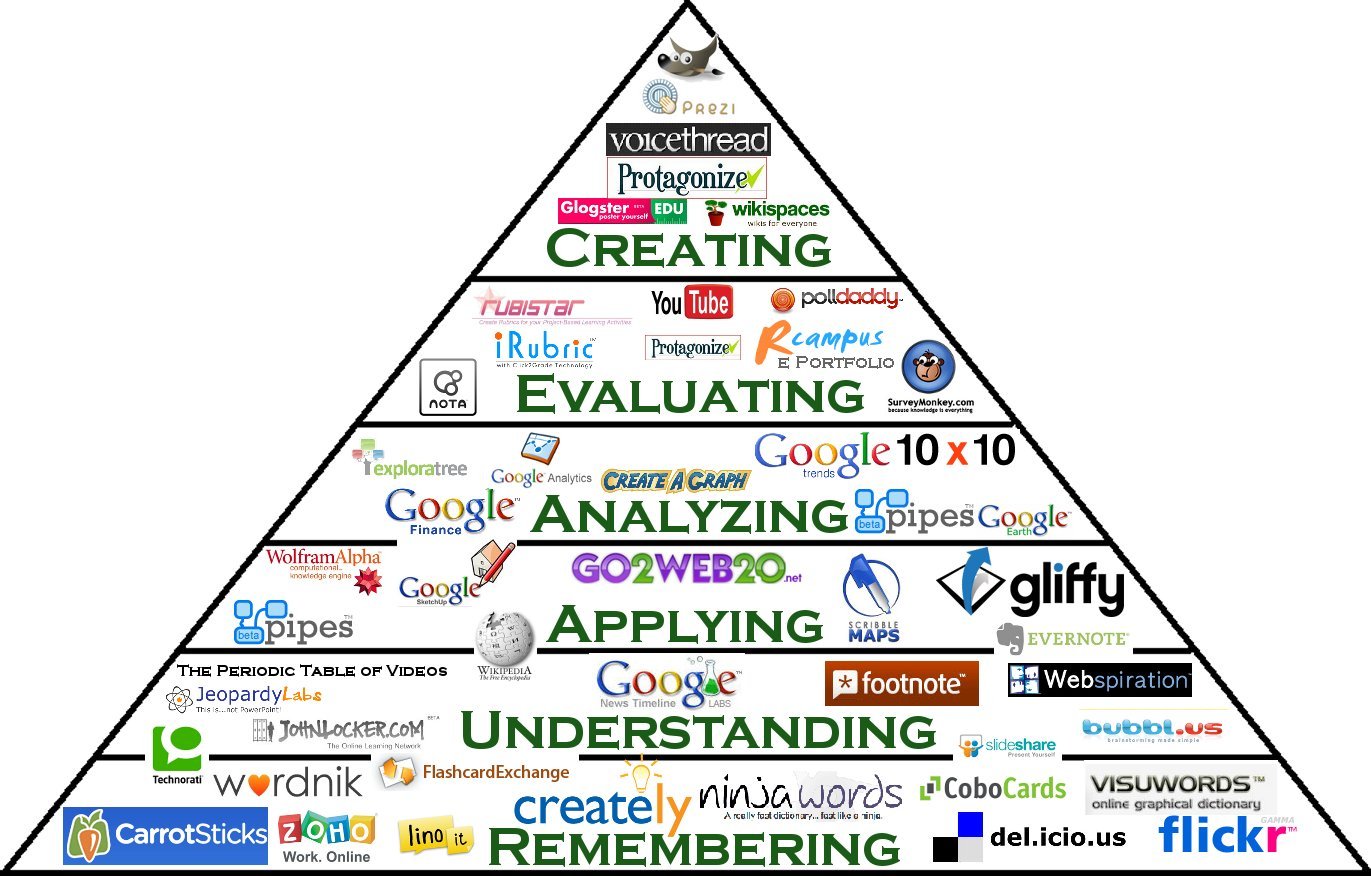E-learning comprises of all forms of electronically supported learning and teaching. One of the core reasons why teachers facilitate it into the classroom is because the digital natives of this generation are more engaged and involved with these technologies and are more likely to learn because of it. Having a plethora of technological devices used within the classroom, students have the opportunity to learn though a number of different learning styles; visually, auditory or kinaesthetically.
The reason that supports this is from ACARA as it states; "ICT's are fast and automated, interactive and multimodal, and they support the rapid communication and representation of knowledge to many audiences and its adaption in different contexts. they transform the ways that students think and learn and gives them greater control over how, where and when they learn" (2012). This synopsis is aimed to address the learning styles of students, the different types of technologies that can be manipulated for students to achieve a full understanding of the content, the understanding of the pedagogies and the safely implications when using these tools.
The best framework that best describes digital technology is TPACK, or technological pedagogical and content knowledge. This is a framework that identifies the knowledge teachers need to teach effectively with technology. TPACK revolves around three forms of knowledge; content, pedagogy and technology. Students need to be able to understand the technology they use, their pedagogical knowledge means they need to know how they are going to teach a concept using that technology and the content knowing means they to know how using that piece of technology will achieve the curriculum requirements.
There are a number of different learning theories that can assist teachers when constructing a technological activity, one of those is Edward De Bono's Six Thinking Hats. This method of learning is constructed in a way which allows students to look at a situation or problem from all different perspectives, whether it be the implications, the data available, the positives, how creative you could be (especially in online tasks when creating things like Voki's, Prezi's, Glosgter, PowerPoint, etc) and how much control the student has, this helps in a collaborative situation. This learning theory can be manipulated into a technology based resource by intertwining it with online, collaborative activities.
Digital pedagogies are new ways of working and learning with ICT to facilitate quality of learning experiences for 21st century learners. Some of the main forms of technology that were explored and acceptable to use in a classroom environment from my blog include PowerPoint, Prezi, Glogster, Wiki's, video clips, YouTube, pictures and other imagery, mobile phones,Voki's and other various audio devices.
With a multitude of technological and interactive tools, it is very important to make sure that the learning manager as well as the students are manipulating these tools legally, safely and ethically. The New South Wales Department of Education and Training suggests that for students to be fully safe from harmful sites, learning managers must all get involved in the activity, they should be aware of the materials and links used in the activity and the nature of the learning resource (NSW Gov, 2011). When looking back upon my third reflection it can be noticed that to establish the positives and negatives about a website, learning managers should consider the strengths, weaknesses, opportunities and also the threats to make sure a site is suitable for use.
The future implications for the future practice of ICT and digital activities in the classroom could involve the fact that some sites are harmful or unsuitable for students, therefore teachers are forced to be diligent when providing students with online tasks either by themselves, in groups or as a class.
The lessons that have been learnt are that teachers must make sure that students are looking at sites that are legal, safe and ethical for the sake of the student and the school, that teachers must embrace students love of technology and manipulate it to gain their interest, also the fact that this is the 21st century, and technology is becoming more and more present, instead of pushing it away, if teachers expose it appropriately and educationally to students, it can be the most effective and engaging tool at the learning managers disposal.
The significance of the explorations and ideas that were discussed are important for learning managers to understand as students are digital natives and technology is a very common aspect in their life. It is something that they are most familiar with, they have a lot of exposure to it (mobile phones, Ipads, computers/laptops, etc) therefore the more technology that teachers put into their activities and everyday use in the classroom, the more like students are to engage in a task and understand how to navigate new sites more fluently.
References
ACARA (2012). Information and Communication Technology (ICT) Capability. Retrieved from









































